Peregrine Mission One Payload: Surprising Things Onboard the Astrobotic Moon Lander
9th Jan 2024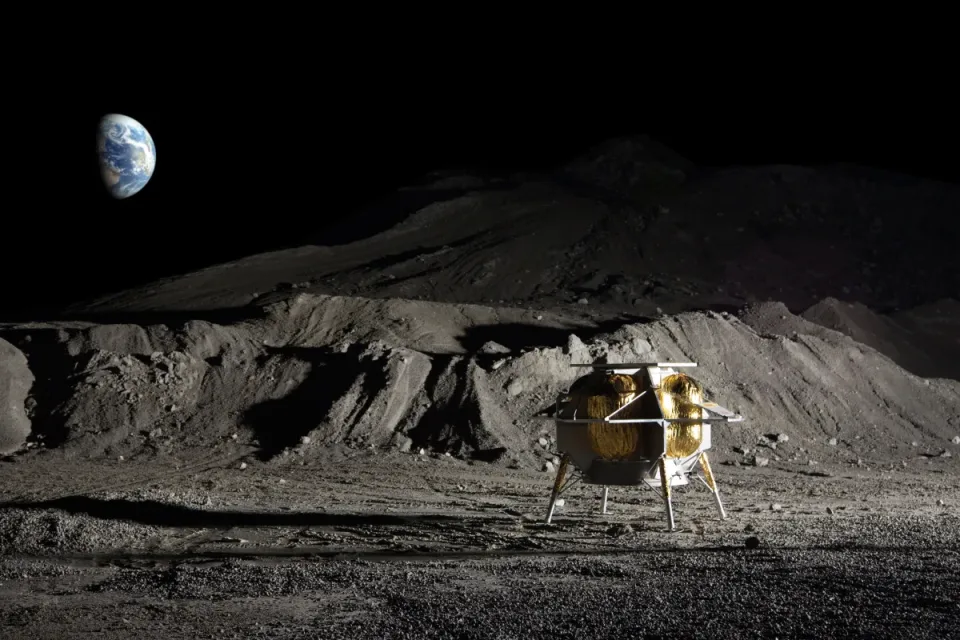
On 8th January 2024, the private spaceflight company Astrobotic, in collaboration with NASA, successfully launched the Peregrine Mission One, a lunar landing mission with groundbreaking potential. This mission aimed not only to land on the Moon but also to deliver an array of diverse and unexpected payloads. Due to anomaly and propellant leak, Peregrine mission will most likely abandon an attempt at a moon landing.
The Peregrine lander, a versatile cargo transport craft, can carry multiple payloads from various clients to the lunar surface simultaneously. Among these payloads are several experiments funded by NASA. These experiments play a crucial role in paving the way for the Artemis program, an ambitious initiative aiming to establish a human presence on the lunar surface by the end of this decade.
However, the Peregrine lander’s payload goes beyond NASA experiments. It encompasses various fascinating objects, including a lunar rover, scientific experiments, messages from Earth, and even human remains. But what makes this payload truly remarkable is the involvement of a logistics company known worldwide for its delivery services – DHL.
Here’s what was onboard Peregrine lander.
Extraordinary Items Headed for the Moon with DHL
Yes, you read it right: one surprising contributor to this lunar cargo is DHL, the renowned logistics company known for its worldwide delivery services. DHL saw an opportunity to expand its service map to include Earth’s only natural satellite – the Moon. The first-ever DHL MoonBox embarked on its historic voyage aboard the Peregrine probe.
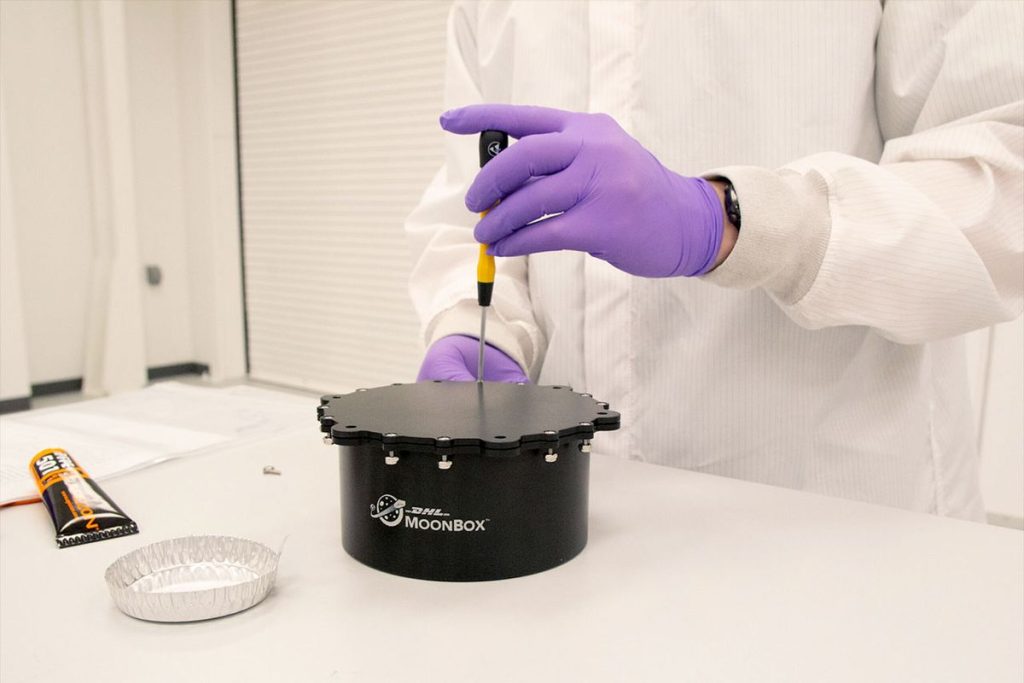
Inside the DHL MoonBox, a treasure trove of over 150 mementoes from various individuals and organisations awaits its lunar destination. Each “MoonPod” holds a unique collection, representing personal stories and memories.
The world’s smallest time capsule, from Belgium
Belgium, for instance, sent a small nickel wafer micro-etched with Nanofiche technology, creating what is likely the world’s smallest time capsule. It contains captivating photos, stories, and memories from Belgium.
Crypto
Meanwhile, the MoonPod, curated by Reddit user Adam Brodin, showcases the best replies to his post asking what to send to the Moon. The digital currency Dogecoin, known for its meme-based origins, is contributing a physical coin endorsed by its dedicated community. BitMex, a cryptocurrency derivatives exchange, joined the lunar adventure by sending a specially designed representation of Bitcoin.
A token from Pittsburgh
The city of Pittsburgh, Pennsylvania, where the Peregrine lander was constructed, also hoped to make its mark on the Moon. Residents voted to include a token from Kennywood Amusement Park, symbolizing their city’s spirit and vitality.
A rock from Mount Everest
In a heartfelt gesture, Michael Kronmiller arranged for a rock from the peak of Mount Everest to journey within his MoonPod. This rock carries a legacy, as NASA astronaut Scott Parazynski carried pieces of Apollo 11 moon rock to Everest’s summit in 2009. Later, these historic fragments were flown and mounted aboard the International Space Station.
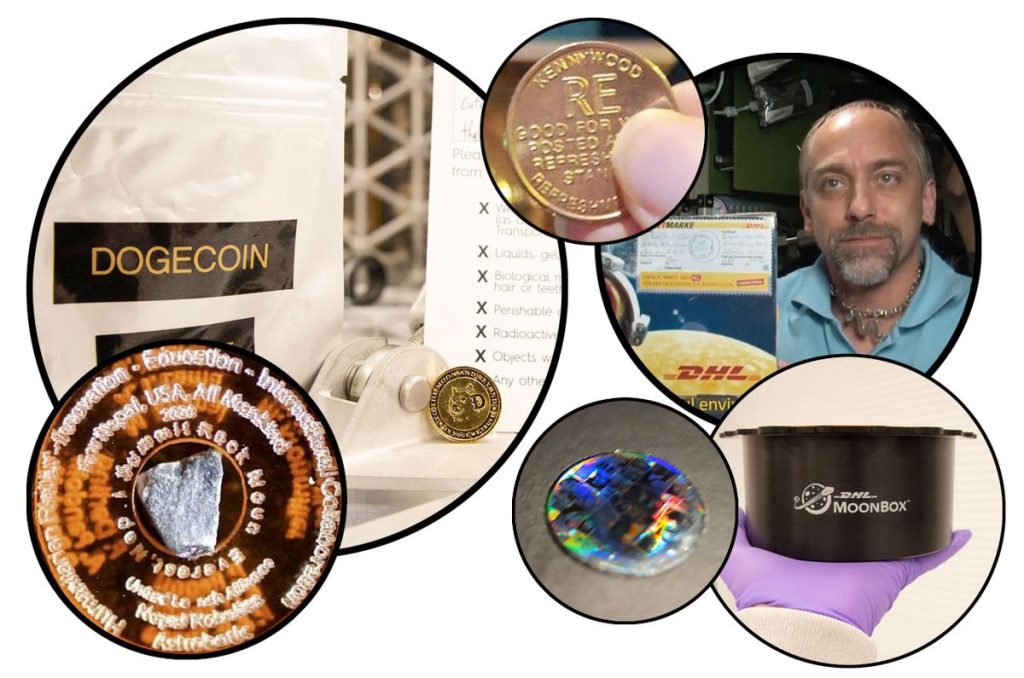
Ukrainian flag
The British-Ukrainian space entrepreneur and founder of Spacebit, Pavlo Tanasyuk, paid tribute to the people of Ukraine by sending a metallic version of its flag aboard the Peregrine Mission One. This metallic plate uses a new type of coating that has never been tested on the lunar surface before.
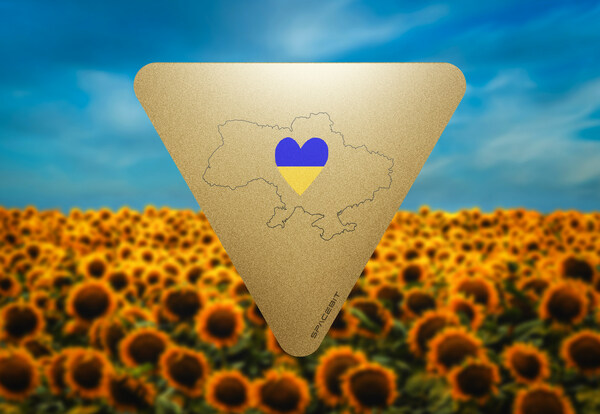
Cremated remains and DNA
Peregrine also included payloads from two companies—Elysium Space and Celestis—that contained cremated remains and DNA inside the lander. While Elysium hasn’t offered details, Celestis has 69 individual “participants” including late Star Trek creator Gene Roddenberry, sci-fi author Arthur C. Clarke, and a dog named Indica-Noodle Fabiano.
The specific payload caused concerns among the Navajo Nation, America’s largest Indigenous tribe. They spoke out against human cremated remains on the lander vehicle, calling the mission a “desecration” of the Moon which holds a sacred place in their culture.
Memories and emotions
But DHL’s involvement doesn’t end with transporting physical items to the Moon. The company collected 100,000 images from participants in its “Who do you love to the moon and back?” campaign, reflecting its expertise in delivering packages. These images will be stored on a data stick within one of the MoonPods, encapsulating memories and emotions.
Reserve Your Lunar Ticket: You Can Join DHL’s MoonPod Mission!
Astrobotic is embracing this spirit of inclusivity and personal investment by accepting reservations for future DHL MoonBox missions. Individuals now have the opportunity to send their own inert items on a future lunar mission, keeping the Moon within reach for everyone. Prices for these unique lunar experiences range from $460 to $25,800, plus shipping.
As we witness the convergence of private spaceflight, scientific exploration, and logistics, the Peregrine Mission One and its unexpected payloads open a new chapter in lunar exploration. This mission is not only a stepping stone towards human presence on the Moon but also an invitation for individuals from all walks of life to leave their mark on this celestial neighbor.
![Beauty of the Pink Moon And Lyrid Meteor Shower in This Week’s Best Astrophotos [19-26 April] Beauty of the Pink Moon And Lyrid Meteor Shower in This Week’s Best Astrophotos [19-26 April]](https://orbitaltoday.com/wp-content/uploads/2024/04/Pink-Moon-is-on-its-way-above-the-mountains-1-300x300.jpg)


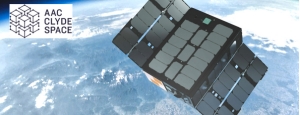


Thank you for your comment! It will be visible on the site after moderation.